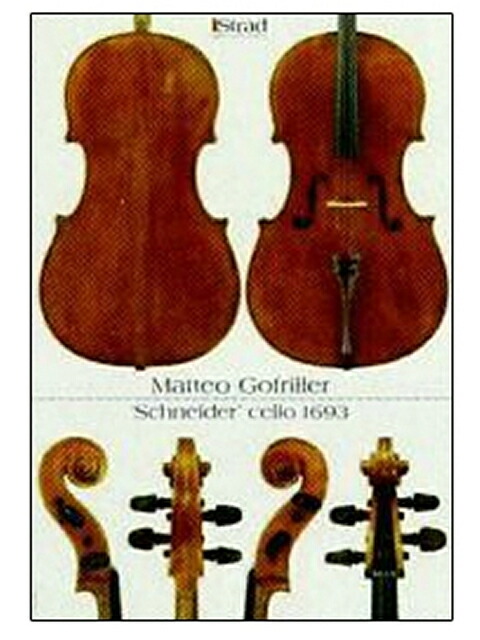

The pegbox houses four tuning pegs, each which tunes its respective string by either tightening or loosening the string.

The nut is a raised piece of wood, where the fingerboard meets the pegbox, which the strings rest on. Attached to the neck and extending over the body of the instrument is the fingerboard. The neck, pegbox, and scroll are normally carved out of a single piece of wood. The cello body has a wide top bout, narrow middle formed by two C-bouts, and wide bottom bout, with the bridge and f-holes just below the middle.Ībove the main body is the carved neck, which leads to a pegbox and then a scroll. The sides, or ribs, are made by heating the wood and bending it around forms. The top and back are traditionally hand-carved, though less expensive cellos are often machine-produced. Less expensive cellos frequently have a top and back made of a laminate. Other woods, such as poplar or willow, are sometimes used for the back and sides. A traditional cello normally has a spruce top, with maple for the back, sides, and neck. The main frame of the cello is typically made from wood, although some modern cellos are constructed from carbon fibre. Modern strings have a steel, gut, nylon or other synthetic core, covered with various kinds of metal winding. Although the majority of it is composed of wood, some parts can be made of steel or other metals and/or composite material.

The cello is a complex instrument consisting of many different parts. The player draws the bow horizontally across the strings. It is played in an upright position between the legs of a seated musician, resting on a metal spike called the endpin.
#Gofriller cello manuals plus#
This is like the viola but one octave lower, and is one octave plus one fifth lower than the violin (see Tuning and range). Its strings are normally tuned to the pitches (from high to low) A, D, G, and C (A3, D3, G2, and C2 in scientific pitch notation). Like the other members of the violin family, the cello has four strings. The cello is larger than the violin or the viola but smaller than the double bass. One example is Night of the Four Moons by George Crumb. Recordings within the Avant Garde (cutting edge) genre have revitalized the instrument's perceived versatility. Modern compositions from the early 20th century include unaccompanied cello sonatas by Paul Hindemith ( opus 25) and Zoltán Kodály (opus 8).

Standard Romantic era repertoire includes the Cello Concerto in B minor by Antonín Dvořák, Elgar's Cello Concerto in E minor, and two sonatas by Brahms. An example of a Classical era piece is Haydn's Cello Concerto #1 in C major. Bach's Unaccompanied Suites for Cello, commonly known as the Bach Cello Suites. It is less common in popular music, but is sometimes featured in pop and rock recordings.Īmong the most famous Baroque works for the cello are J. A large number of concertos and sonatas have been written for it. It is part of the standard orchestra and is the bass voice of the string quartet, as well as being part of many other chamber groups. The cello is most closely associated with European classical music. The violone is an obsolete instrument, a large viol, similar to a modern double bass. The name cello is an abbreviation of the Italian violoncello, which means "little violone".


 0 kommentar(er)
0 kommentar(er)
